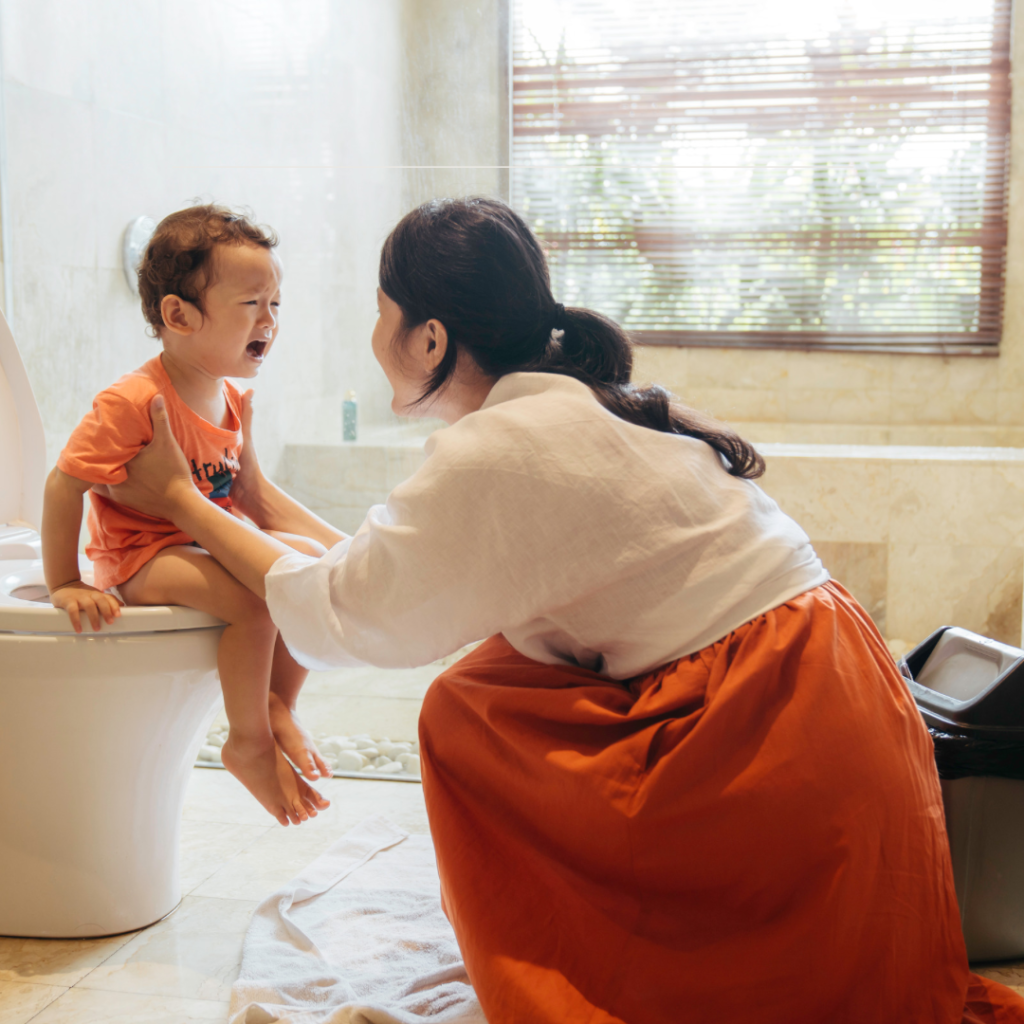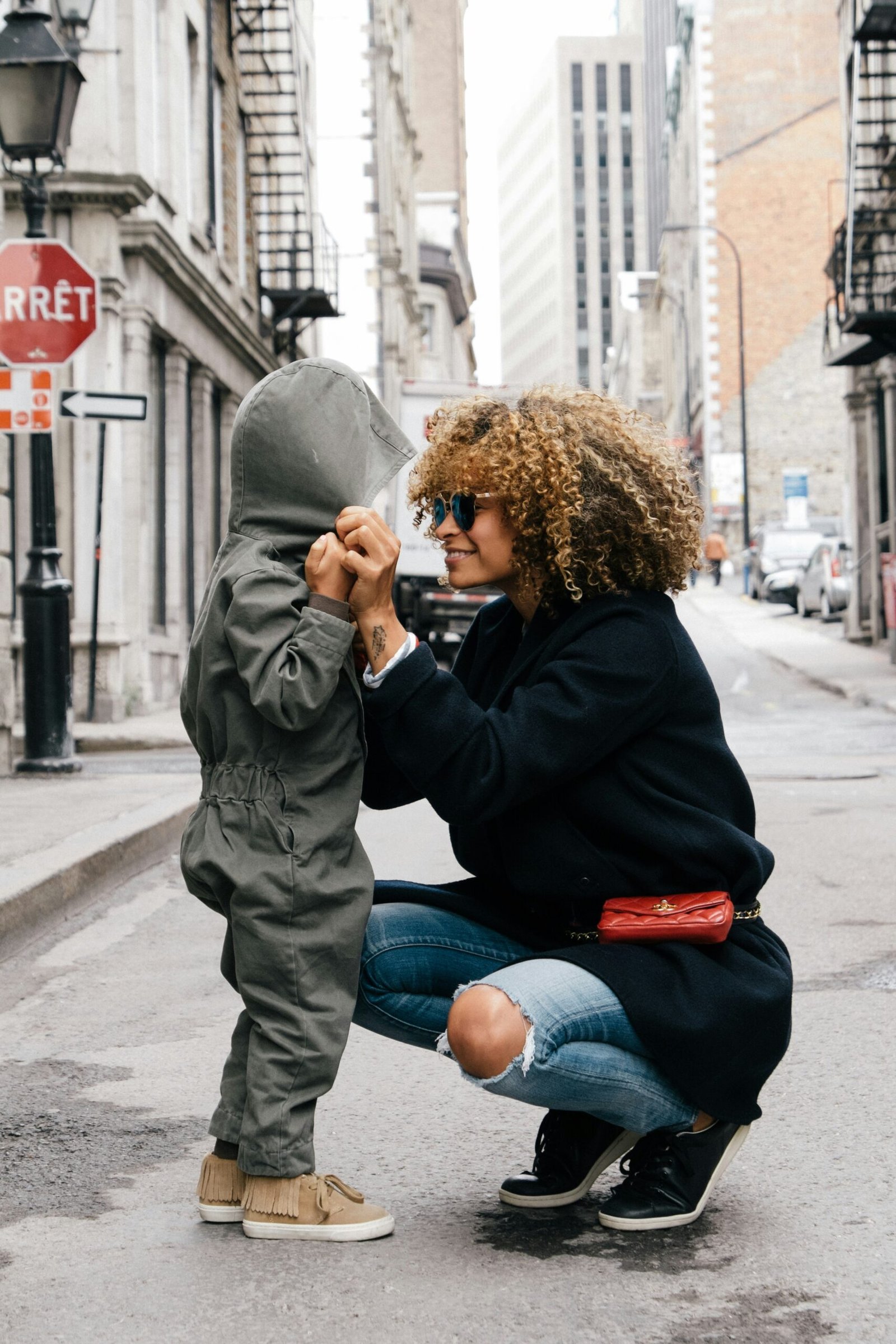
Introduction
Potty training is a pivotal milestone in a child’s development, symbolizing a step towards greater independence and self-sufficiency. Successfully navigating through this phase not only represents physical growth but also plays a crucial role in the child’s social and emotional maturation. It’s a process that greatly reduces dependency on diapers, facilitating smoother transitions into preschool environments and peer interactions.
The 3-day potty training method offers a structured and accelerated approach to this essential childhood task. This fast-track method involves dedicating an intensive weekend to the toilet training process, allowing the child to learn and adapt in a concentrated timeframe. It encourages constant communication and positive reinforcement, focusing on consistency and attentiveness from the parents or caregivers. The method splits the process into three key days: the first day focuses on initial introduction and observation, the second centers on practice and reinforcement, and the third aims for consolidation and mastery.
Adopting the 3-day potty training method presents multiple benefits. Firstly, it significantly shortens the learning curve, enabling faster adjustment times for both the child and the parent. This can be especially advantageous for families with busy schedules or for those preparing for significant changes, such as starting school or welcoming a new sibling. Moreover, children who successfully complete this intensive training often exhibit heightened confidence and a sense of accomplishment. This confidence can positively impact their behavior and willingness to take on new challenges. Likewise, parents often find relief in achieving this milestone promptly, reducing the stress and extended focus on long-term training.
In summary, the importance of potty training extends beyond physical readiness, influencing a child’s overall growth and independence. The 3-day potty training method provides an efficient, structured approach, offering dual benefits of expediency and increased confidence for both children and parents alike.
Preparing for the Potty Training Process
Effective potty training begins with thorough preparation. Gathering the right supplies is crucial before embarking on this journey. A well-chosen potty chair tailored to your child’s comfort can make a significant difference. Additionally, it helps to have an ample supply of underwear ready, as this encourages a transition away from diapers. Reward systems, such as small toys or stickers, act as positive reinforcement, motivating the child to achieve each new milestone.
Setting up a consistent schedule is essential in establishing a sense of routine and predictability. Structuring potty time around daily activities like after meals, before bed, and first thing in the morning helps instill regularity. Consistency also ensures that your child becomes familiar with the process, reducing anxiety and increasing confidence.
Identifying signs of readiness in your child is a pivotal step in the preparation process. Indications that your child is ready for potty training include showing interest in the toilet, understanding and communicating their needs to you, and maintaining dry diapers for extended periods. These signs suggest that your child is developmentally prepared to handle the demands of potty training.
In summary, meticulous preparation forms the foundation of successful potty training. By ensuring you have the necessary supplies, setting up a regular schedule, and recognizing your child’s readiness, you pave the way for a smoother, more effective potty training experience. These preparatory steps are indispensable for navigating the process efficiently and fostering a positive learning environment for your child.
Day 1: Introduction and Initial Training
The first day of a three-day potty training plan sets the stage for a successful transition from diapers to using the toilet. Begin by establishing a consistent morning routine that incorporates the fundamental aspects of potty training. Start the day by introducing your child to the toilet, explaining how it works and what is expected. Ensure this introduction is calm and encouraging to make the process as seamless and anxiety-free as possible.
To facilitate a natural progression throughout Day 1, encourage your child to take frequent trips to the toilet. These visits should be scheduled at regular intervals as well as prompted by your child’s cues, such as fidgeting or holding their groin area. By doing so, you establish a pattern that your child can learn to recognize and follow. It’s crucial that these toilet visits are positive and stress-free experiences. To achieve this, employ a friendly and encouraging tone, and be patient if your child is hesitant or reluctant at first.
Positive reinforcement is a cornerstone of effective potty training. Throughout Day 1, make use of rewards and praise to build enthusiasm and motivation. Acknowledge and celebrate every attempt your child makes, whether they are successful or not. This could be through verbal praise, a sticker chart, or small treats that recognize their efforts and accomplishments. These positive affirmations help to create a supportive environment, making the child feel proud and more confident about using the toilet.
Remember, the key to Day 1 is patience and support. The goal is to introduce the process and build a routine that your child can follow. Positive reinforcement and regular toilet visits combined with a calm and consistent approach will set a strong foundation for the subsequent days of potty training. This supportive atmosphere can significantly increase the chances of a successful and swift transition to regular toilet use.
Day 2: Reinforcing the Routine
As you move into the second day of the 3-day potty training program, your primary goal is to build on the progress achieved on the first day. This phase involves reinforcing the new habits and routines while fostering a supportive environment for your child. Understanding that accidents can happen is crucial; they should be met with patience and positivity, rather than frustration, to ensure your child remains encouraged and motivated.
Day 2 begins with a gentle reminder of the routine you established on the previous day. Consistency is key, so continue to maintain the same schedule of regular bathroom visits. However, it is essential to start reducing the frequency of prompted visits to encourage your child’s independence. Gradual reduction in prompts helps your child recognize their own bodily cues, which is a critical step in achieving long-term success in potty training.
When an accident occurs, it is vital to approach the situation calmly. Instead of expressing disappointment, use it as an opportunity to teach. Gently remind your child where they need to go when they feel the urge and reassure them that accidents are part of the learning process. This positive reinforcement helps alleviate fears and anxieties that may arise from accidents, making it easier for the child to continue progressing.
Encouraging independence further involves creating an environment where the child feels comfortable and confident using the toilet on their own. This might include dressing your child in easy-to-remove clothing or placing a step stool near the toilet to enable them to sit down and get up with minimal assistance. Additionally, praising your child when they successfully use the toilet increases their sense of accomplishment and drives them to repeat the behavior.
The second day is about reinforcing the routine and providing a supportive atmosphere that nurtures your child’s growing independence. By maintaining consistency, handling accidents with patience, and encouraging self-reliance, you are setting a strong foundation for successful potty training. Remember, your positive attitude and support are powerful tools in helping your child navigate this important milestone with confidence.
Day 3: Mastering Potty Training
On the third day of potty training, the primary objective is to solidify the foundational skills introduced over the prior two days. During this phase, it is crucial to maintain a consistent routine to reinforce the child’s understanding and comfort with the process. Begin the day by assessing the progress made so far, paying particular attention to any patterns in the child’s cues for needing to use the potty. This awareness can help in preempting accidents by guiding the child to the toilet promptly.
One of the significant steps on Day 3 is the introduction of regular underwear. Transitioning from training pants to regular underwear symbolizes a milestone for the child. It is recommended to opt for fun, colorful designs that the child can be excited about. This shift not only builds the child’s confidence but also helps them take pride in their achievements. During this transition, consistency remains paramount. Regularly ask the child if they need to use the potty and encourage proactive visits, even if they do not feel an immediate need.
Celebrating milestones is an effective method to reinforce positive behavior and motivate the child. Recognize and celebrate successes, whether they are verbal acknowledgments like praising the child or using a reward chart where the child can place stickers for each successful potty use. These small celebrations should be immediate and specific, ensuring the child understands what behavior is being rewarded.
It’s also essential to stay calm and supportive during any setbacks. Accidents may happen, and it’s important to address them without frustration, reassuring the child that it’s all part of the learning process. Encourage the child to participate in cleaning up, which can foster a sense of responsibility and understanding of natural consequences. Through patience and persistent practice, the skills introduced can be refined, enabling a successful transition to complete independence in potty training.
Common Challenges and Solutions
Potty training in three days can be an ambitious goal for many parents, and it’s not uncommon to face several challenges along the way. One frequent issue is resistance or reluctance from the child. This can occur for a variety of reasons, including fear of the toilet, feeling pressured, or simply being uninterested. To address this, it helps to introduce the potty gradually. Allow the child to get used to the potty chair by letting them sit on it fully clothed before transitioning to sitting without a diaper. Positive reinforcement, such as praising the child or offering small rewards like stickers, can also motivate a reluctant toddler.
Accidents and setbacks are inevitable during the potty training process. Parents should anticipate these mishaps and remember that patience is key. When accidents happen, refrain from showing frustration or disappointment. Instead, calmly clean up and remind the child gently what they should do next time. Using absorbent training pants can be helpful during this phase, as they provide the confidence of an extra layer while still allowing the child to feel wetness and learn from the accident.
Consistency is paramount for successful potty training. This can be challenging, especially in busy households with fluctuating schedules. Establishing a routine can significantly aid in maintaining consistency. Try to encourage bathroom breaks at regular intervals, such as after meals or before bedtime. Additionally, communicate with other caregivers, including family members and daycare providers, to ensure everyone is following the same potty-training methods and schedules.
Dealing with these challenges effectively requires understanding and patience. Parents should pay attention to signs of readiness and provide a supportive and positive environment. Maintaining a calm demeanor and a consistent approach will set the stage for a smoother and more successful potty training experience, helping achieve the goal of potty training in three days.
Tips for Long-Term Success
While the three-day potty training method is designed for rapid progress, long-term success requires ongoing efforts and support. Consistency is key to reinforcing the new habits your child has learned. One effective strategy is to maintain a regular bathroom schedule. Encourage the child to use the toilet at consistent times each day, such as after meals and before bedtime. This routine helps in establishing a habitual response to natural body cues.
Addressing nighttime potty training is another crucial aspect. To foster success during the night, reduce fluid intake in the evening. Ensure that your child drinks plenty of fluids earlier in the day but minimize their consumption about an hour before bedtime. Doing so will reduce the likelihood of nighttime accidents. Waking your child for a final trip to the bathroom just before you go to sleep can also be beneficial.
Encouraging independence and confidence in your child is paramount for long-term success. Make sure the bathroom environment is accommodating for them; consider using step stools and child-friendly toilet seats. Empower them with choices, such as picking out their underwear or bathroom accessories, to foster a sense of control and responsibility. Positive reinforcement plays a significant role; celebrate small victories and maintain a supportive attitude even during setbacks.
Occasional accidents may still occur, and it’s important to handle these situations with patience and understanding. Avoid showing frustration or disappointment, as these emotions can deter your child’s confidence. Instead, calmly remind them of the correct process and reassure them that accidents are a normal part of learning.
Visibility of progress over time can motivate both the child and the parent. Keep track of successful days with a sticker chart or similar reward system. This visual aid can reinforce their sense of accomplishment and encourage consistency.
Ultimately, long-term success in potty training is built on consistent practices, supportive encouragement, and patience. By fostering a positive and empowering environment, you ensure that your child remains confident and independent in their potty training journey.
Conclusion
Successfully potty training in three days is indeed a challenging yet rewarding milestone. This guide recapped the crucial steps: preparation, consistent practice, and positive reinforcement. These methods emphasize the importance of setting a well-prepared environment for your child, maintaining patience, and celebrating every small success during the journey.
Day one introduces your child to the concept with frequent potty breaks, minimal clothing, and extensive use of praise. The second day builds on this experience, reinforcing the skills learned and establishing a limited area to ensure consistency. By day three, your child should start showing more independence and confidence, with parents supporting and guiding them through any remaining uncertainties.
Acknowledging the challenges faced during this intensive training period is essential. It’s normal to encounter accidents and doubts along the way, but persistence and encouragement can make a significant difference. Both parents and children should focus on progress rather than perfection. Remember, each child is unique, and their pace towards becoming fully potty-trained might vary.
We invite you to share your success stories and experiences in the comments section below. Your shared insights and tips can offer encouragement and support to other parents navigating the same process. Together, we can build a community that celebrates the milestones and supports each other through the trials of potty training.
Stay tuned for a separate blog post with product reviews for potty training.

RELATED POSTS
View all



